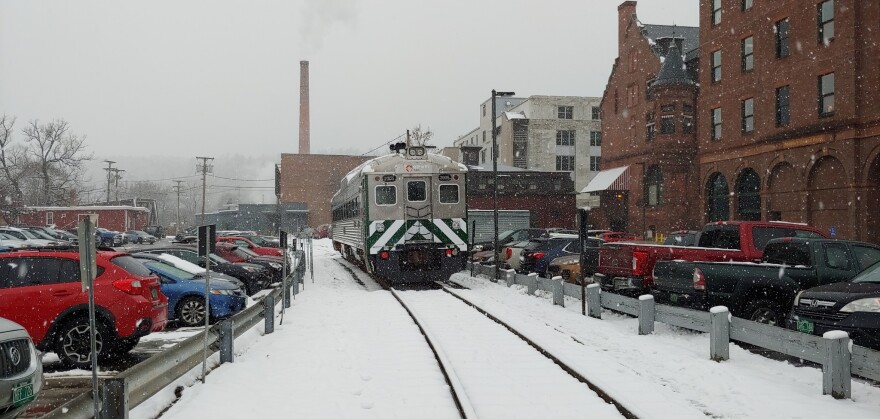Amazon didn’t choose the cities that offered the biggest economic incentives for its much anticipated second headquarters. It chose places that it hopes will help it attract and retain highly skilled workers. Burlington scores well on many of the criteria that Amazon considered, but one thing it lacks is good mass transit, an area where Washington and New York excel.
Amazon employees in these cities will not need a car and can avoid the daily hassle of sitting in traffic, something that’s becoming an increasing problem in Vermont.
As a largely rural state, it might seem impossible to create a good, mass transportation system. But at least one individual, David Blittersdorf, not only thinks it’s possible but has already made a major investment to solve this problem.
Mr. Blittersdorf purchased and refurbished 12 Budd cars that he bought from the Dallas Transit Company. Each self-driving Budd car seats 94 people. And with some safety upgrades, they can run on the extensive network of rail lines that stretch throughout Vermont.
When compared with cars and buses, the Budd cars could also reduce greenhouse gas emissions by as much as 75% per passenger mile. And Blittersdorf claims that 85% of Vermonters live within one mile of a railroad track. But for Blittersdorf’s dream to become a reality, there are two obstacles where he’ll need the help of Vermont government officials.
First, money is needed to fix up some of the rail lines and put in the safety equipment required for commuter trains. Fortunately, Senator Leahy and Vermont’s Congressional delegation are actively working on securing mass transportation funding for rural states.
The other challenge is that private companies own the rail lines and can dictate who can use them. Most of the rail lines in Vermont are currently transporting freight and some railroads don’t want commuter trains running on their track, even if they pay a fee.
However, if policy makers and government officials believe that having a commuter rail system linking the downtowns around the state will help attract workers – and therefore companies - they need to broker an agreement in which the railroads allow commuter trains to use their tracks.






